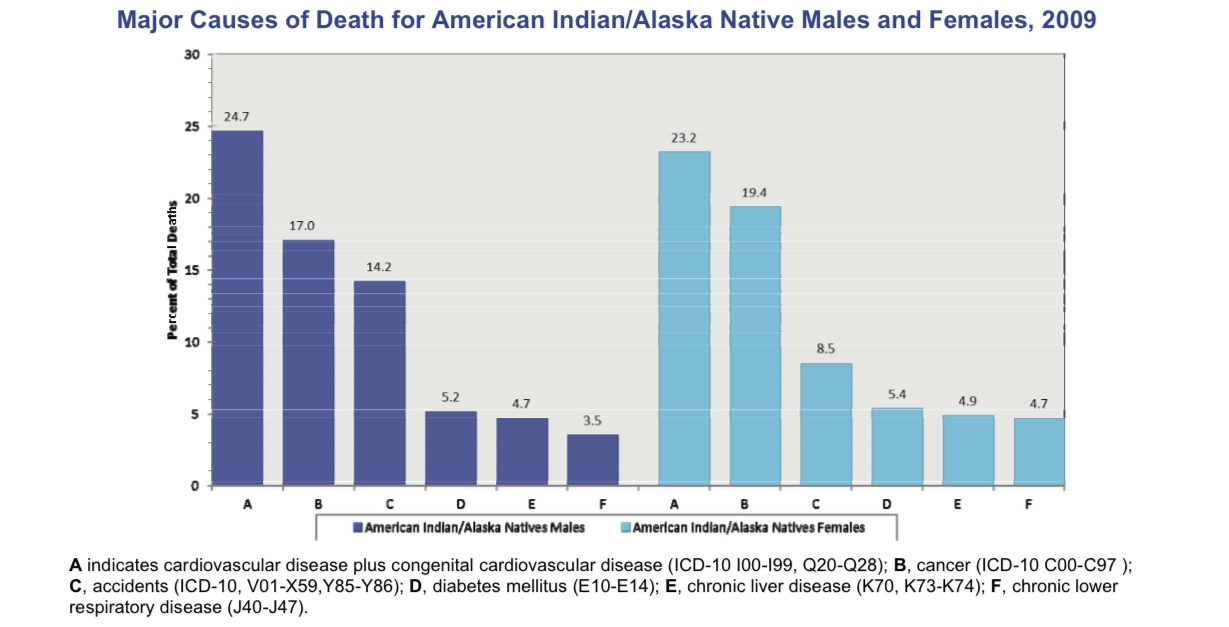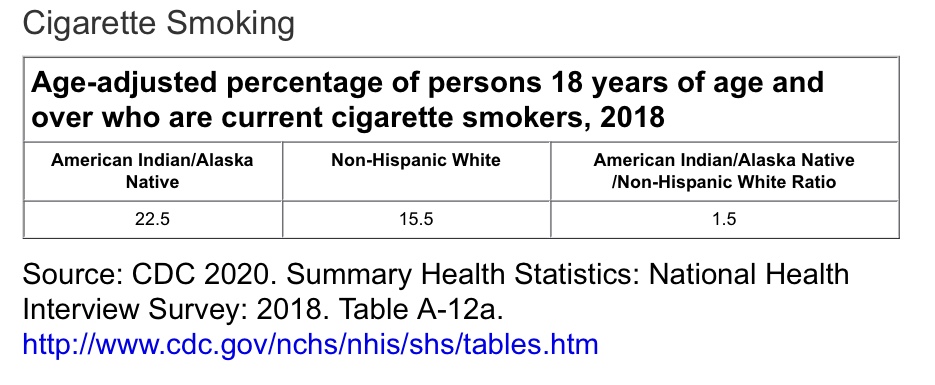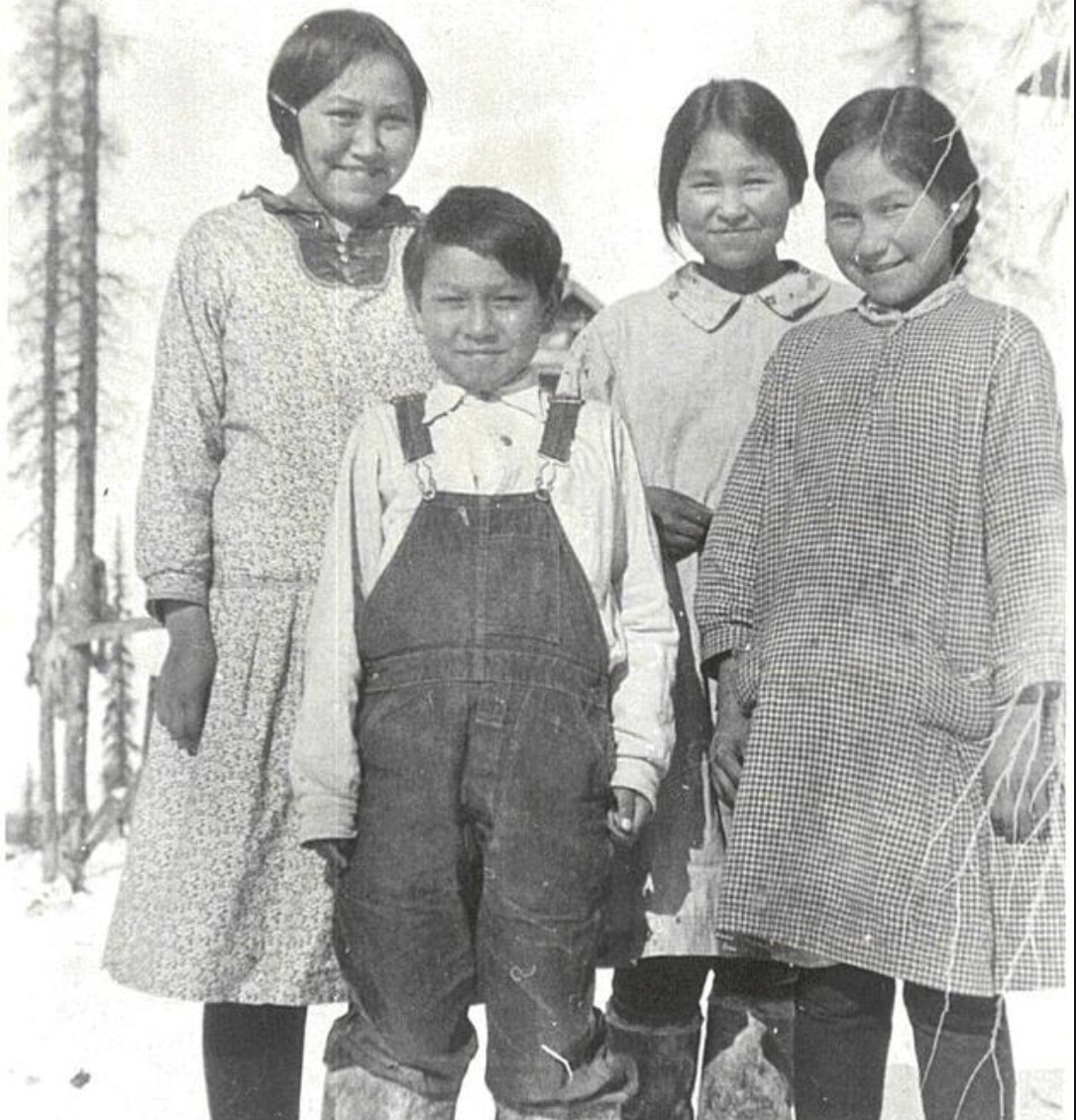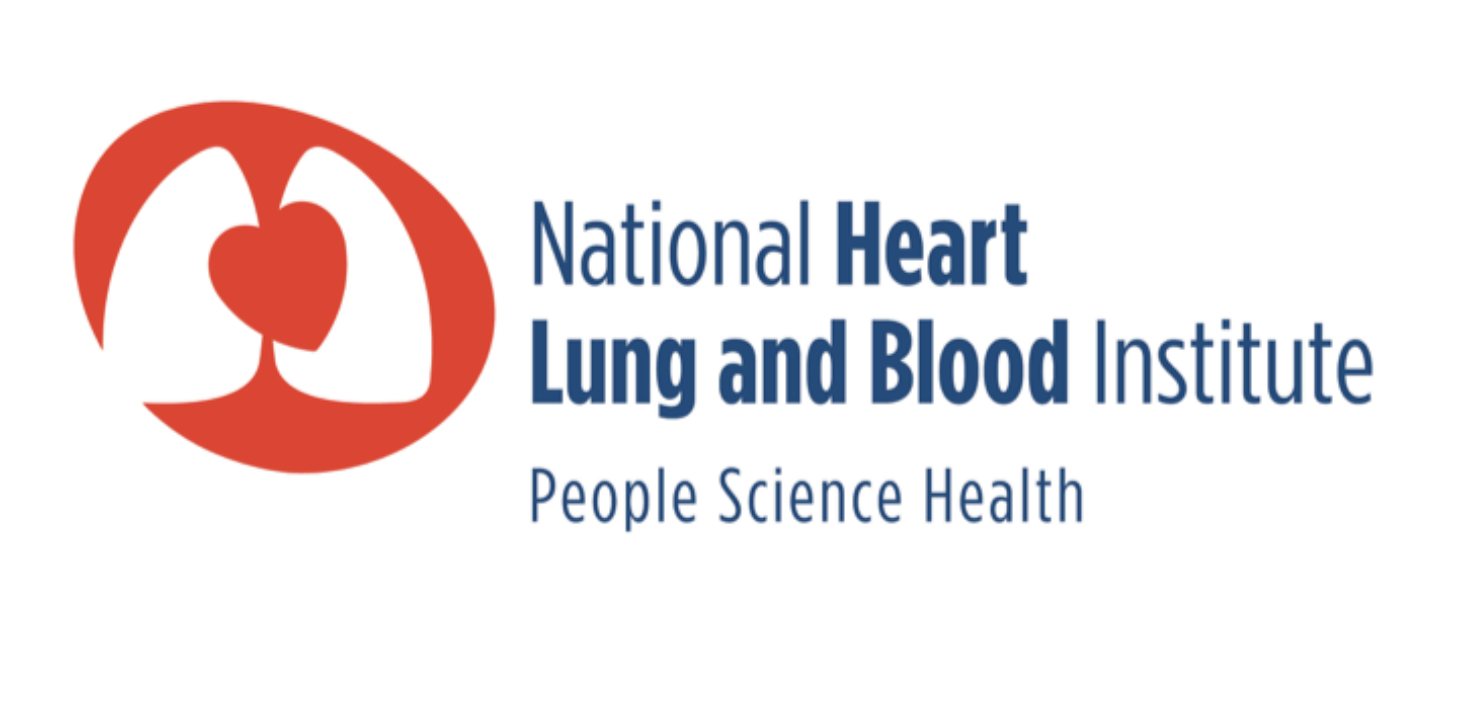CVD in Northern Alaska
Alaska Native Medical Center: Anchorage
Rachel Kakos, Ryan Harris
Introduction

Cardiovascular disease (CVD) is an epidemic that has surged within the American Indian/Alaska Native community, a health issue that once had a subtle impact regarding its effects on an entire community has become one of the leading causes of death amongst American Indians in recent decades. An array of lifestyle changes within the community over the recent decades attributes to this spike in CVD, these issues can range from dietary routines, to daily use of tobacco all of which contribute either directly or indirectly to the development of CVD. Along with lifestyle, other health complications such as obesity and metabolic syndrome have been identified as health conditions with specifically high rates amongst American Indians/Alaska Natives. Identifying the issue and what factors contribute to such a severe spike in CVD amongst these communities is the first step toward achieving a solution for prevention of a growing epidemic.
Causes of CVD Developments

In regards to susceptibility of developing CVD, diet and smoking both play a huge role as they can both contribute to development of CVD in their specific ways. Diet is a key component in regards to developing obesity which coincides directly with CVD as being overweight increases the odds of developing the disease, particularly in the forms of heart failure and coronary heart disease. Smoking tobacco also drastically increases the odds of developing CVD in the form of coronary heart disease over the span of a lifetime. When observing the rates/tendencies in AI (American Indian) and AN (Alaska Native) communities regarding these two risk factors, it becomes apparent how these variables can contribute to a spike in CVD amongst the entire AI/AN community.

In 2018, Alaska Natives/American Indians were 50% more likely to currently smoke cigarettes compared to their white counterparts. Data from 2018 also indicated that Alaska Natives were 50% more likely to be diagnosed with coronary heart disease than their white counterparts (Office of Minority Health. 2020). Smoking and CVD are both major health risk/issues amongst the entire population of the U.S, but when observing the more abundant rate of smoking and coronary heart disease within the American Indian/Alaska Native populations compared to the general American population, it is obvious why preventative measures for CVD have become a specifically urgent matter to this community.
Youth

The youth of the community are a cornerstone to the prevention of CVD developments in the American Indian/Alaska Native community, if the youth continues to adopt the lifestyle/diets that shifted to contribute to this spike in CVD, the statistics could remain constant and perhaps possibly worsen as years pass. It is particularly important to identify current health trends in the younger population, this enables researchers to predict health outcomes regarding CVD risk and develop/encourage preventative measures for the youth.
Data reflecting the prominence of CVD risk in Alaskan Native younger adults indicates that factors such as obesity are rather prevalent (Deen et al., 2017). Compared to the general population of American youth, American Indian/Alaska Native youth are more susceptible to developing obesity and it begins at a younger age which is indicated by data that records weight development in children from the years of infancy to preschool (Deen et al. 2017). Considering that obesity correlates directly with an increased risk of developing CVD, observing these trends in the youth can be useful regarding using this information to design future studies or practices to combat the increasing rate of CVD within the Alaska Native population.
Epidemiological Studies on CVD in Alaskan Native Communities

Epidemiological studies are one method researchers have and continue to use in respects to this growing epidemic, observing daily activity and recording health trends amongst the AI/AN community proves necessary when considering how the data gathered can be used to combat this increasing rate of CVD. A cross sectional study conducted in 1994, officially named The Alaska Siberia Project was one of the first successful epidemiological studies employed regarding CVD developments in Alaskan Natives specifically. The study recorded the risk factors concerning CVD in around 50% of residents between four villages in Northwestern Alaska (Deen et al. 2017).
The following study, the GOCADAN (Genetics of Coronary Artery Disease in Alaska Natives) study was conducted between the years of 2004 to 2010 focused on both genetic and non genetic risk factors of CVD in the AN community. The study, funded by the National Heart, Lung, and Blood Institute, successfully recorded CVD risk factors in roughly 1200 Inupiat tribal members (Deen et al. 2017). Epidemiology has proven pivotal regarding its usefulness in identifying trends in health and risk factors. Through the continual employment of such practice, it is expected that thoroughly planned solutions to the increasing rates of CVD in the AI/AN community will continue to be developed.
The Alaska Native Medical Center

The Alaskan Native Tribal Health Consortium is a non-profit Tribal health organization that are designed to help and provide care for Alaska Natives and American Indian people living in Alaska. This program provides 175,000 Alaska Native and American Indian people world-class health services, comprehensive medical services at the Alaska Native Medical Center, research on disease prevention, the construction of water and sanitation systems, and wellness programs. The Alaska Native Medical center employs over 3,000 healthcare providers and maintains a broad spectrum of healthcare provision and services for the state of Alaska. The center is a state-of-the-art hospital containing 173 beds. The center was Alaska's first level II trauma center and provides a generous amount of specialty care. The ANMC Cardiology Clinic consists of board-certified cardiologists and advanced nurse practitioners who are the leading health care providers for all cardiac patients within the Alaska Tribal Health System. The approach to patient care takes into consideration that not everyone lives in the Anchorage area, and in turn, provide 28 field clinics to provide medical care to remote villages around Alaska. Along with providing these remote clinics, the center also provides video teleconferencing for those who need follow-up visits without the hassle of traveling to Anchorage.
References
Go AS, Mozaffarian D, Roger VL, Benjamin EJ, Berry JD, Borden WB, Bravata DM, Dai S, Ford ES, Fox CS, Franco S, Fullerton HJ, Gillespie C, Hailpern SM, Heit JA, Howard VJ, Huffman MD, Kissela BM, Kittner SJ, Lackland DT, Lichtman JH, Lisabeth LD, Magid D, Marcus GM, Marelli A, Matchar DB, McGuire DK, Mohler ER, Moy CS, Mussolino ME, Nichol G, Paynter NP, Schreiner PJ, Sorlie PD, Stein J, Turan TN, Virani SS, Wong ND, Woo D, Turner MB; on behalf of the American Heart Association Statistics Committee and Stroke Statistics Subcommittee. Heart disease and stroke statistics—2013 update: a report from the American Heart Association. Circulation. 2013; 127:e6-e245.
Deen, Jason F., et al. “Cardiovascular Disease in American Indian and Alaska Native Youth: Unique Risk Factors and Areas of Scholarly Need.” Journal of the American Heart Association, 24 Oct. 2017, www.ahajournals.org/doi/10.1161/JAHA.117.007576.
Tobacco Chart http://dhss.alaska.gov/dph/Chronic/Documents/Tobacco/PDF/2018_AKTobaccoFacts.pdf
Alaska Native Medical Center https://anmc.org